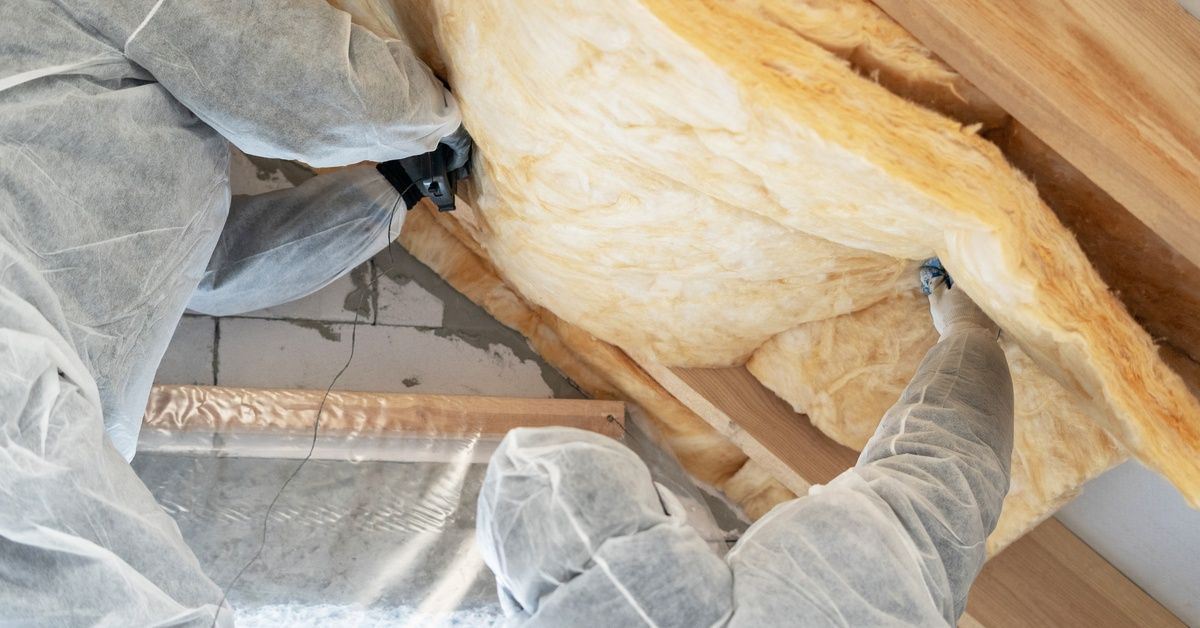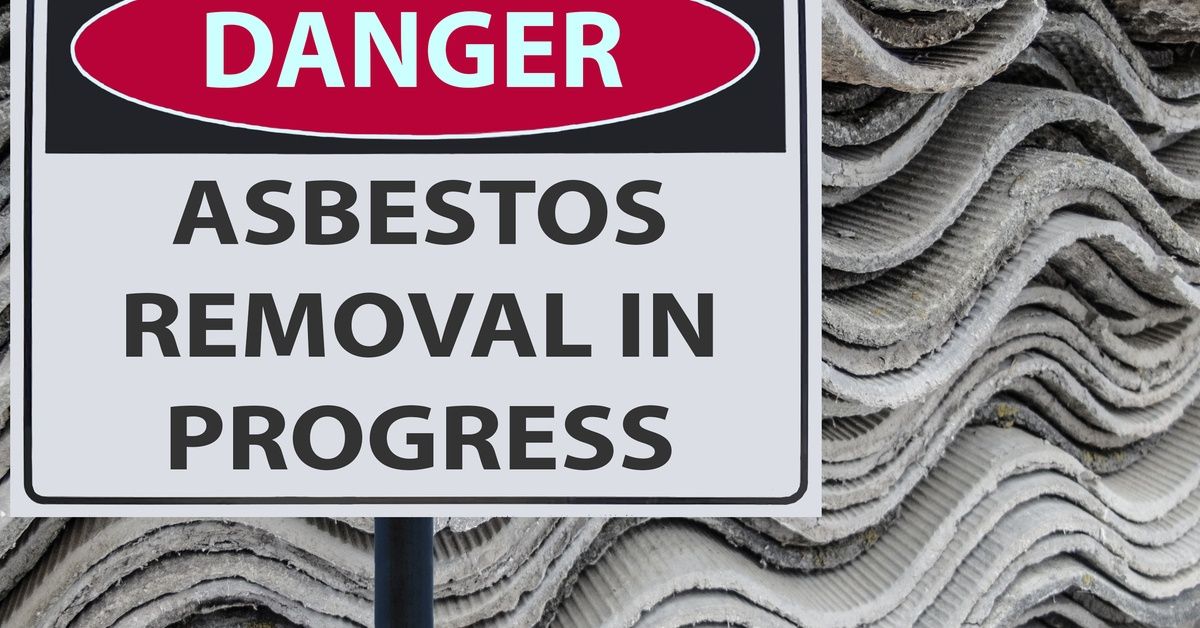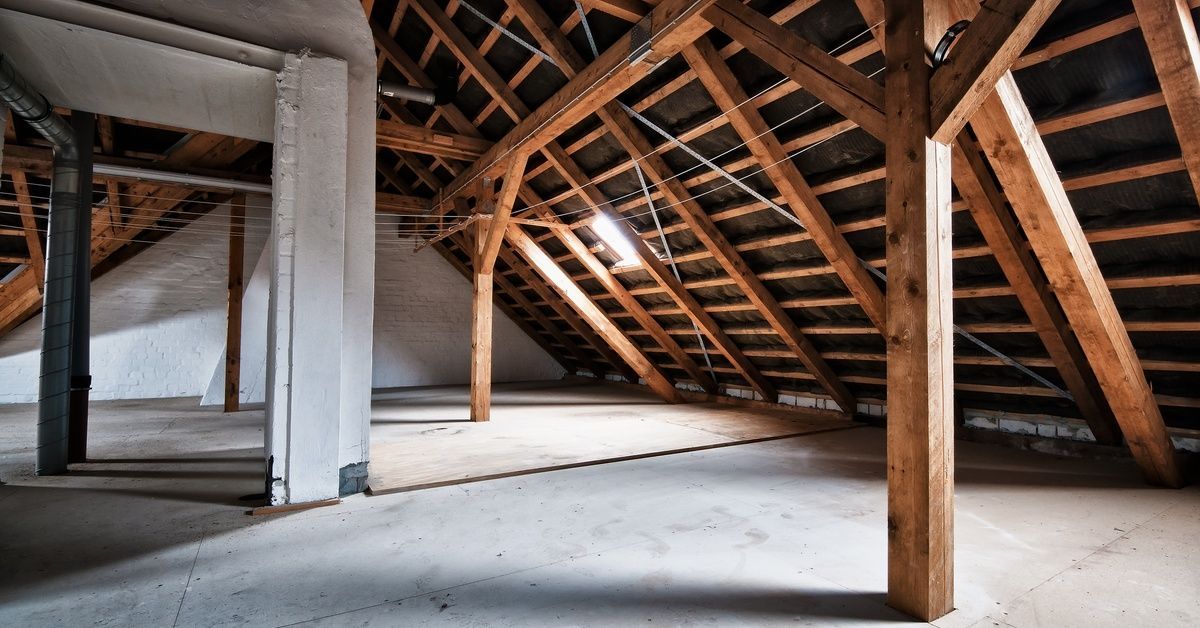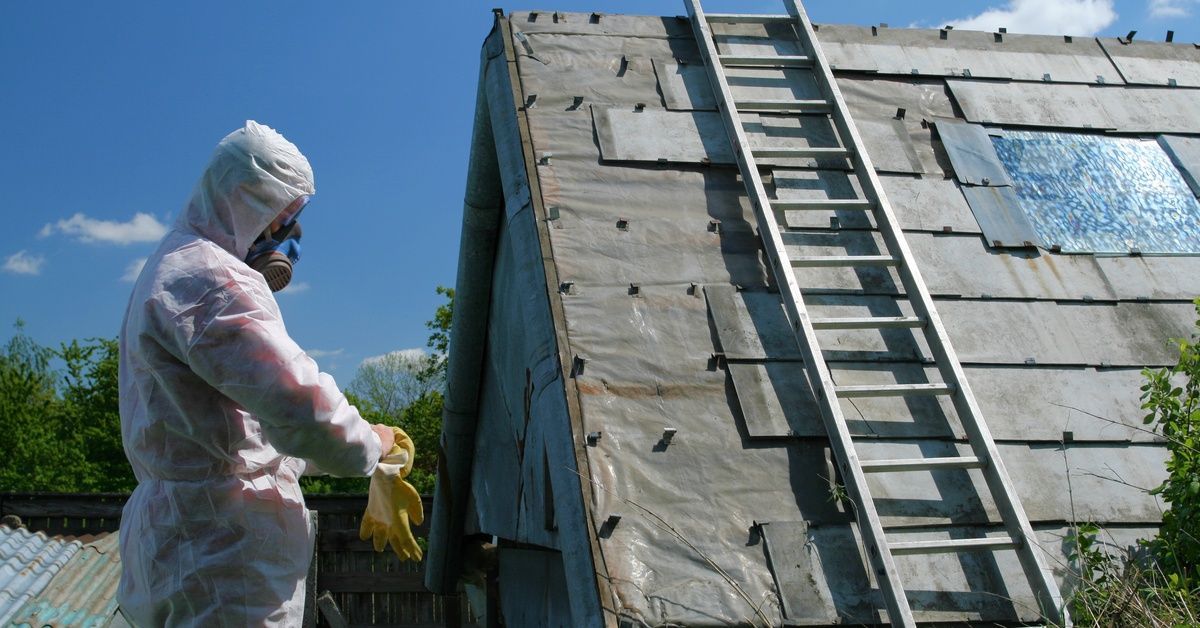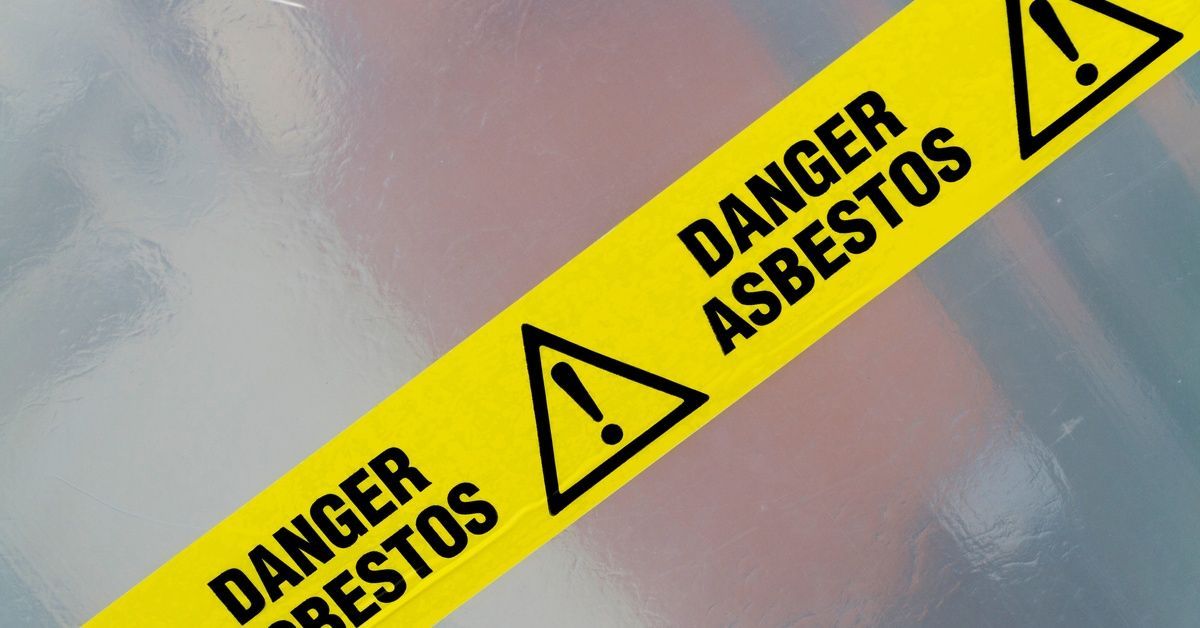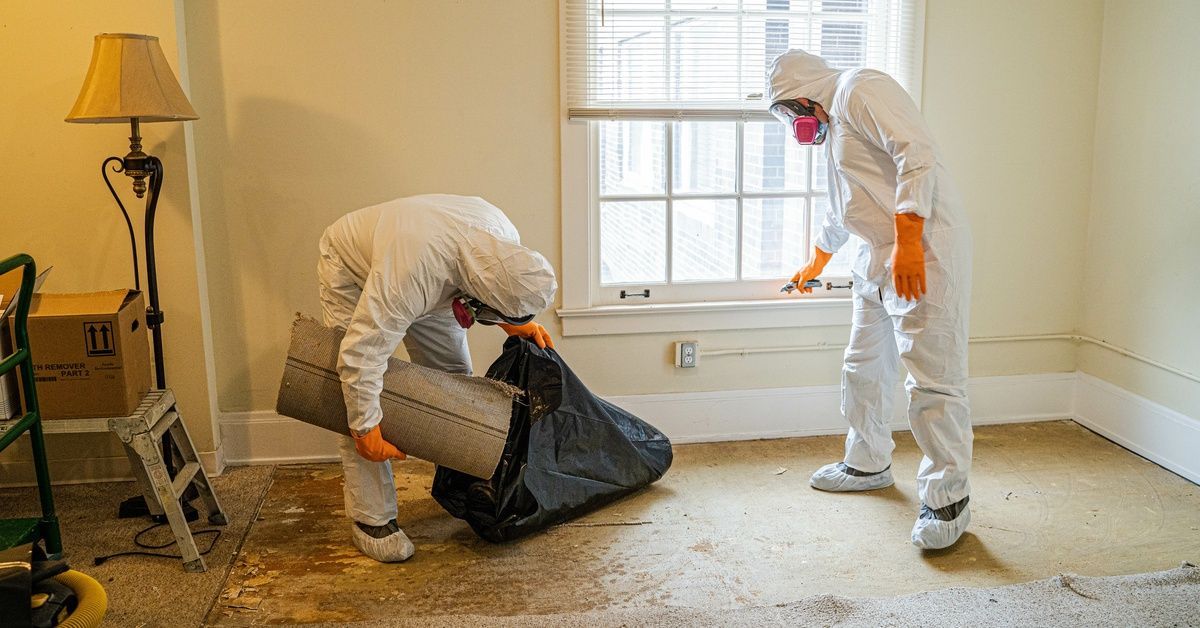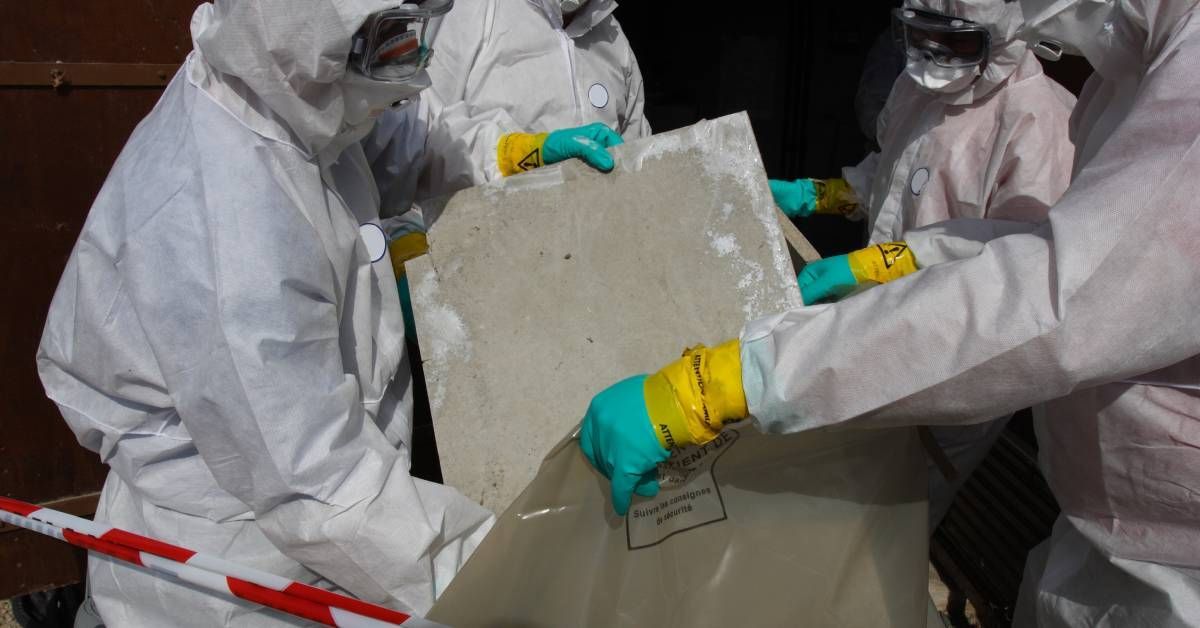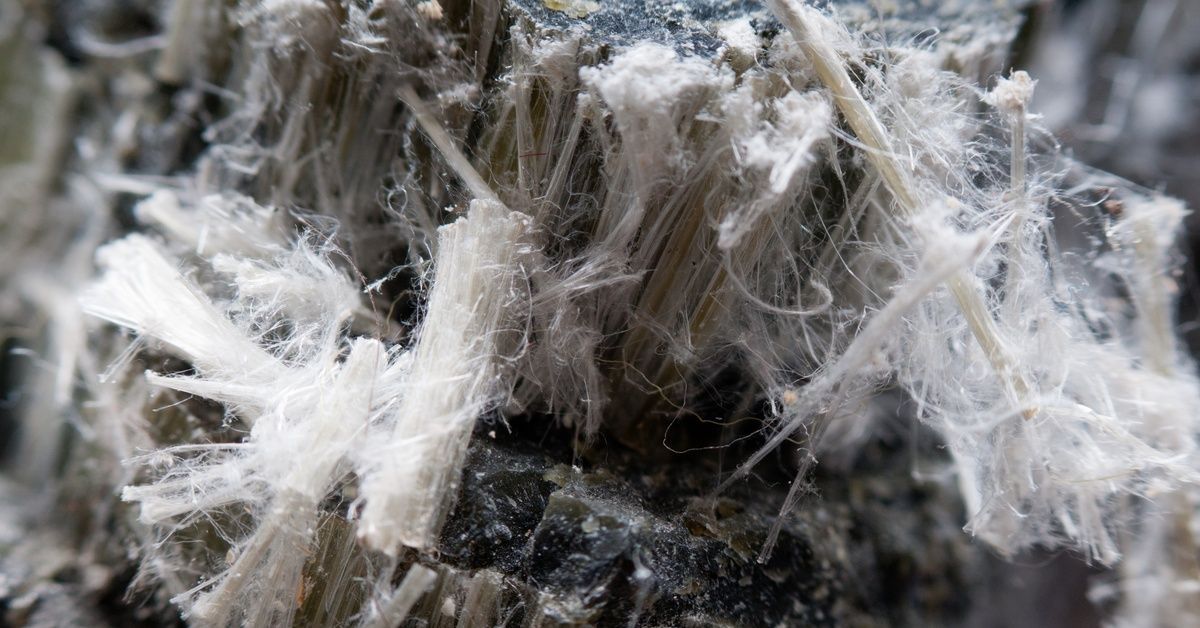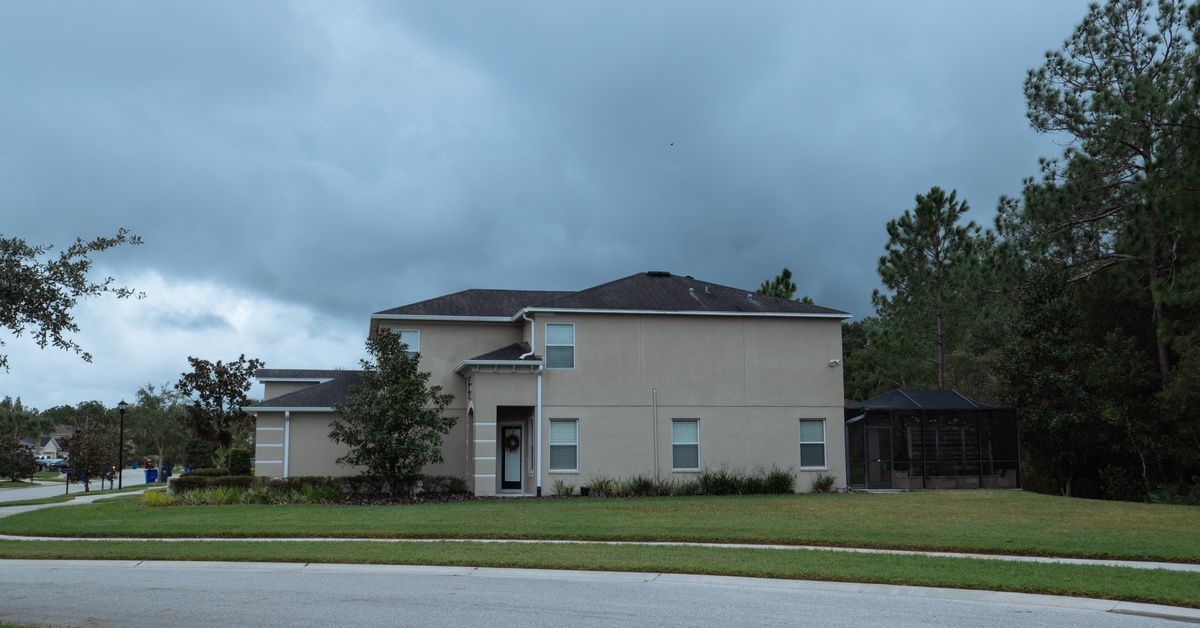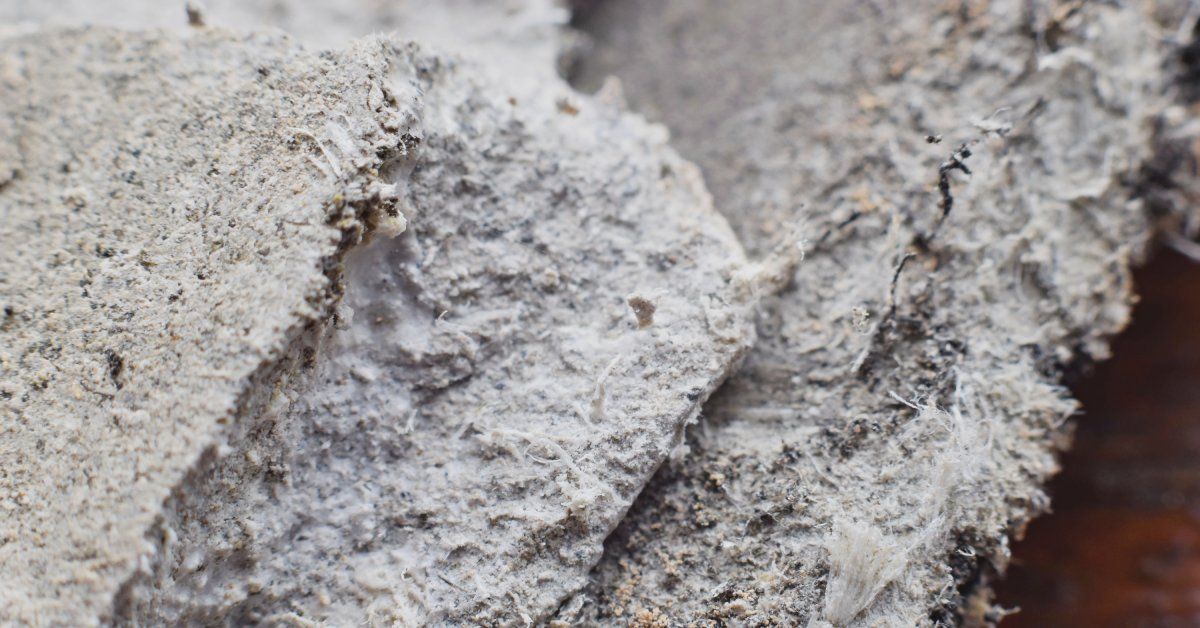Zonolite Attic Insulation: Is It Really Hazardous?
Homeowners often overlook their attic insulation, but if your home contains Zonolite attic insulation, it’s time to pay closer attention. Zonolite, a brand of insulation made from vermiculite, was installed in millions of homes across the United States between the 1940s and 1990s. The concern is that much of Zonolite attic insulation is really hazardous because it is contaminated with asbestos. Taking proactive steps to identify and remove the hazardous materials is necessary for protecting your health and home.
Why Is Zonolite Insulation Hazardous?
The primary issue with Zonolite attic insulation is its link to asbestos. Vermiculite, the mineral used to create Zonolite, was primarily sourced from a mine in Libby, Montana—a site later found to be heavily contaminated with asbestos. While vermiculite itself is nontoxic, the asbestos fibers embedded within it are dangerous when disturbed.
When asbestos fibers drift in the air, people can inhale them, which can cause serious health risks over time. Prolonged exposure has been linked to life-threatening illnesses, including asbestosis, lung cancer, and mesothelioma. Even minor disturbances to the insulation, such as what can occur during attic maintenance or renovations, can release these microscopic fibers into your home’s air.
Can You Identify Zonolite in Your Home?
Zonolite insulation is easy to mistake for standard attic insulation if you’re not familiar with its appearance. It typically looks like small, light-weight pebbles with a silvery-gold or grayish texture.
However, do not inspect or handle the material directly because disturbing the insulation increases the chance of releasing harmful asbestos fibers into the air. Even sweeping or vacuuming around Zonolite can pose significant risks to your family’s health.
If you suspect your home contains Zonolite, the safest course of action is to arrange for a professional inspection. Certified specialists can take samples and test them for asbestos contamination without compromising your home’s indoor air quality.
The Importance of Professional Vermiculite Removal
When it comes to asbestos-containing materials like Zonolite, inspection, handling, and removal are not DIY jobs. Attempting to remove asbestos-laden insulation without proper training and equipment increases the risk of exposure. Professional asbestos removal specialists, like Air Safe, are trained to handle these materials following strict safety protocols.
Professional removal involves containing the work area, using HEPA-filtered equipment, and wearing personal protective gear to prevent asbestos fibers from escaping or putting anyone at risk. After carefully removing the contaminated material, experts thoroughly clean the site, leaving your home safer and asbestos-free.
Safe Insulation Removal
The danger of Zonolite attic insulation is that it is really hazardous, requiring professional guidance and intervention. Air Safe specializes in asbestos and vermiculite removal, with our team of certified experts and state-of-the-art equipment ready to implement the best inspection, testing, and handling methods.
Don’t take unnecessary risks with your health. If you suspect Zonolite insulation in your attic, contact Air Safe today for expert help in creating a safer environment for you and your family.

